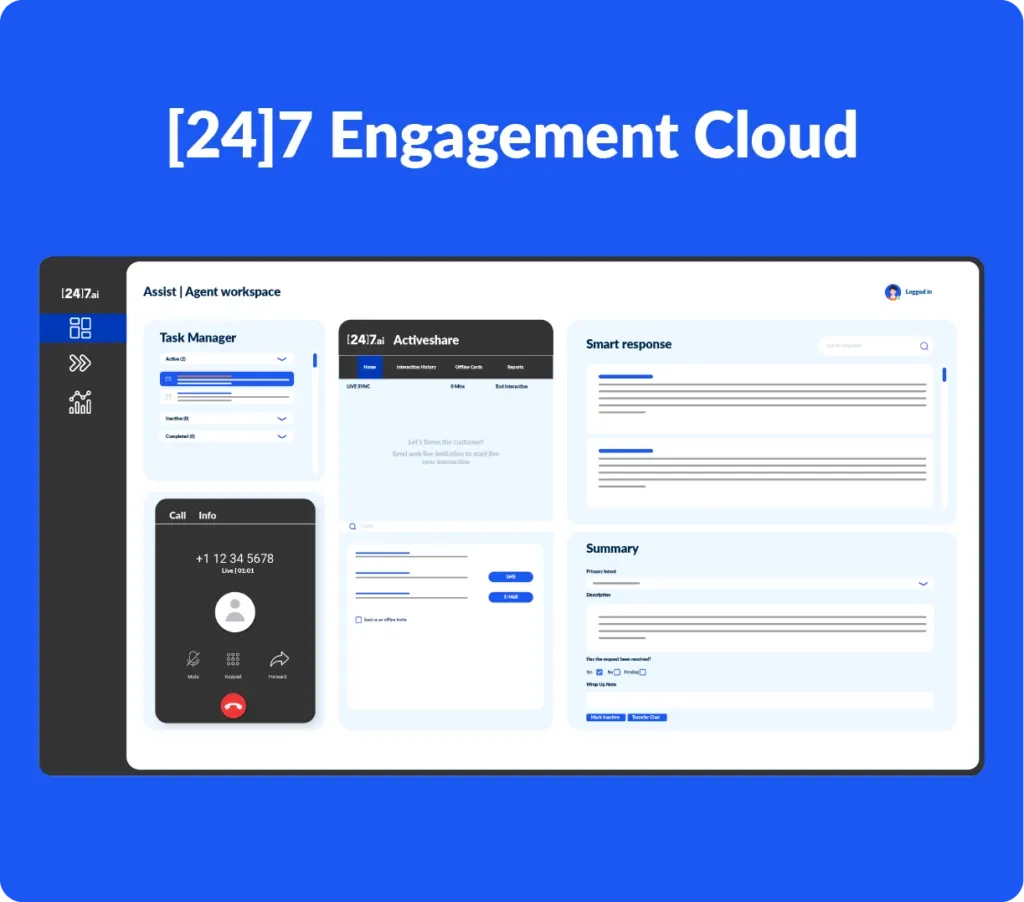Large language models (LLMs), a form of generative AI, have redefined the way we interact with and process the human language. These sophisticated AI models, trained on massive datasets of text and code, can perform a wide range of tasks, including – generating human-quality text, translating text between languages, answering questions in a comprehensive and informative way, even if they are open ended, and summarize long pieces of text into shorter, more concise versions.
McKinsey estimates that applying generative AI to customer care functions could increase productivity at a value ranging from 30 to 45 percent of current function costs.
The Rise of Open Source LLMs
While commercial LLMs like GPT and BARD offer impressive performance, their proprietary nature and associated costs can pose challenges for IT companies. Fortunately, the emergence of open source LLMs like LLaMA, Falcon, and MPT has opened new possibilities for organizations seeking greater control and affordability in their LLM deployments.
Open source LLMs offer several compelling advantages over their commercial counterparts:
- Cost-Effective: Open source LLMs are freely available for use, eliminating licensing fees and associated costs.
- Transparency and Customization: The open-source nature of these LLMs provides users with full access to their source code, enabling them to understand their inner workings and customize them to suit specific needs.
- Data Security and Privacy: With open source LLMs, IT companies can host and operate the models on their own infrastructure, eliminating the need to upload sensitive data to third-party servers.
These advantages translate into tangible benefits for IT companies – including significant cost savings due to eliminated licensing fees and local hosting, enhanced data security and privacy through control over data usage, and increased flexibility to tailor models to specific needs and optimize performance.
LLMs in Contact Centers – Intelligence that’s Transforming CX
Research shows, “At one company with 5,000 customer service agents, the application of generative AI increased issue resolution by 14 percent an hour and reduced the time spent handling an issue by 9 percent”.
LLMs, with their remarkable ability to comprehend and generate human language, are empowering contact centers to deliver personalized, efficient, and empathetic interactions at scale. By automating routine tasks, providing real-time support, and enabling multilingual communication, LLMs are freeing up human agents to focus on more complex and strategic interactions, fostering deeper customer relationships and driving business growth
- Empowering the human workforce: LLMs can automate routine and repetitive tasks, such as handling common queries, basic troubleshooting, or guiding customers through standard processes. This automation frees up human agents to focus on more complex and high-value interactions.
- Training and Knowledge Sharing: LLMs act as a valuable resource for both agents and customers, assisting in training new agents and ensuring consistent information dissemination.
- Personalized Interactions: By analyzing customer data and preferences, LLMs can be used to offer personalized recommendations or solutions and tailor responses to individual customers, creating a more personalized experience.
As businesses continue to expand their reach across multiple channels, there is a growing emphasis on centralizing interactions and providing personalized support to stay competitive and sustain growth. With LLMs empowering human agents, automating routine tasks, and optimizing customer interactions, businesses can deliver personalized, efficient, and empathetic interactions at scale, building positive brand reputation. The transformative potential of LLMs in contact centers is immense, and we can expect to see an even greater impact in the future.







